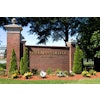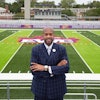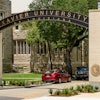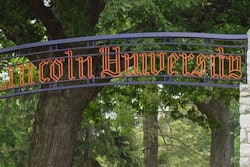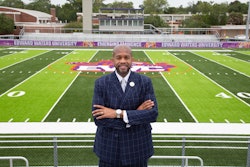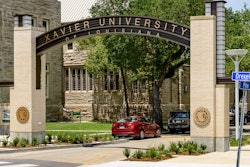WASHINGTON — Few organizations have as racially and culturally diverse a work force as the organizations that make up the World Bank Group. Of its 13,000 employees, nearly 60 percent of whom are located in downtown Washington, D.C., and the rest scattered across 160 offices around the globe, nearly every nation in the world is represented in the World Bank work force.
This past fall the World Bank launched a new chapter in its long-running diversity and inclusion efforts by inaugurating the US Minorities Working Group. The working group, which comprises World Bank officials and representatives from U.S. minority-serving organizations, has been meeting in Washington to devise strategies to spread awareness about the bank’s mission and to develop initiatives to increase African-American, Hispanic, Native American and Asian-American exposure to, as well as employment at, the World Bank.
While much of the World Bank employee base comes to the bank group’s institutions as midcareer professionals and holds short-term appointments, bank officials have indicated that they want to include more minority Americans among the core of young professionals they hire as long-term staffers. Through “the Young Professionals program, or what we call the YP program,” the World Bank has typically hired candidates with Ph.D.s and master’s degrees with three to five years of postgraduate experience, says Juliana Oyegun, chief diversity officer of the World Bank Group.
“When it comes to the replenishment of the (World Bank’s) core work force, we’re prepared, (in regards to) African-Americans and U.S. minorities in general, to make some adjustments bearing in mind how diversity is handled in the U.S.,” Oyegun says. “I think the jobs that we will try to focus on are for people who are finishing graduate school in this country. They’ll be jobs that support our operation — finance, accounting, human resources and general services.”
Serving within the US Minorities Working Group are professionals with ties to minority-serving institutions, such as Dr. Julianne Malveaux, president of Bennett College for Women, and Dr. Leonard Haynes, former executive director of the White House Initiative on Historically Black Colleges and Universities. The working group has 12 external members and 16 World Bank officials serving as internal members. Oyegun says the working group’s external members have critical expertise for helping the bank develop marketing campaigns that will inform students as well as faculty and administrators at minority-serving institutions about the World Bank’s work and operations.
“For us, the first thing is that we’re going to have to do this marketing drive and talk to career counselors in all these universities,” Oyegun says. “I think if we can get our breakthroughs (in operations), that might give us the quantum in the work force that has been missing rather than obsessing about what you can’t find.”
Haynes, a senior adviser at the U.S. Education Department, says the effort to involve U.S. minorities in international affairs has long been a tough task. With few minorities in the pipeline for graduate economic and finance programs and other relevant majors such as foreign languages, organizations that seek such expertise chase students from a small talent pool, according to Haynes.

